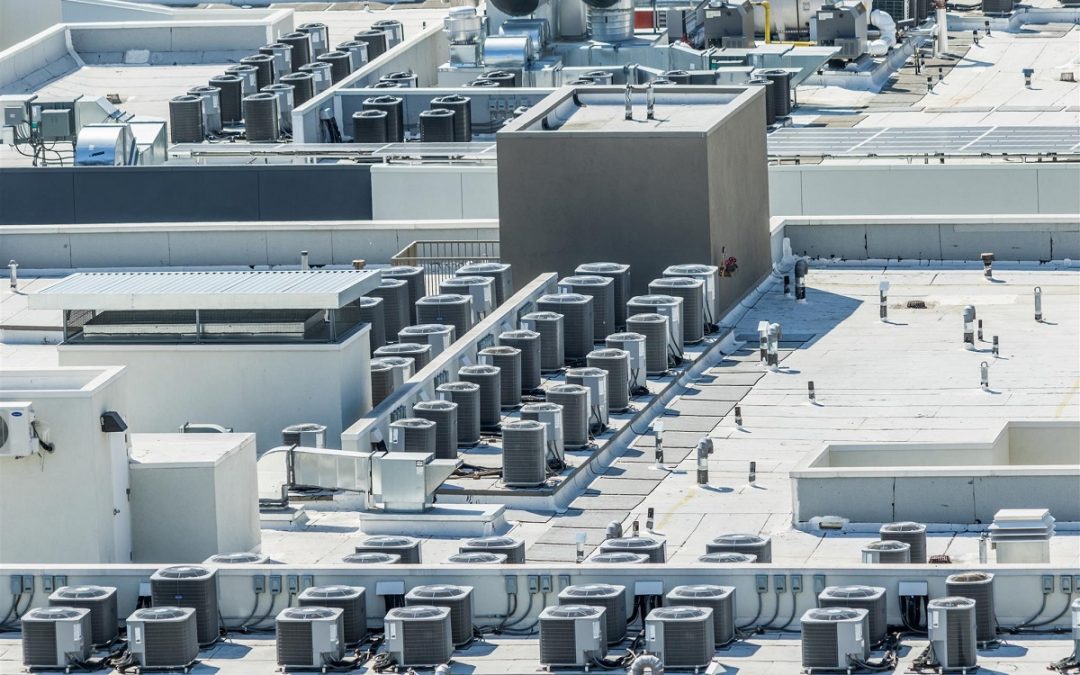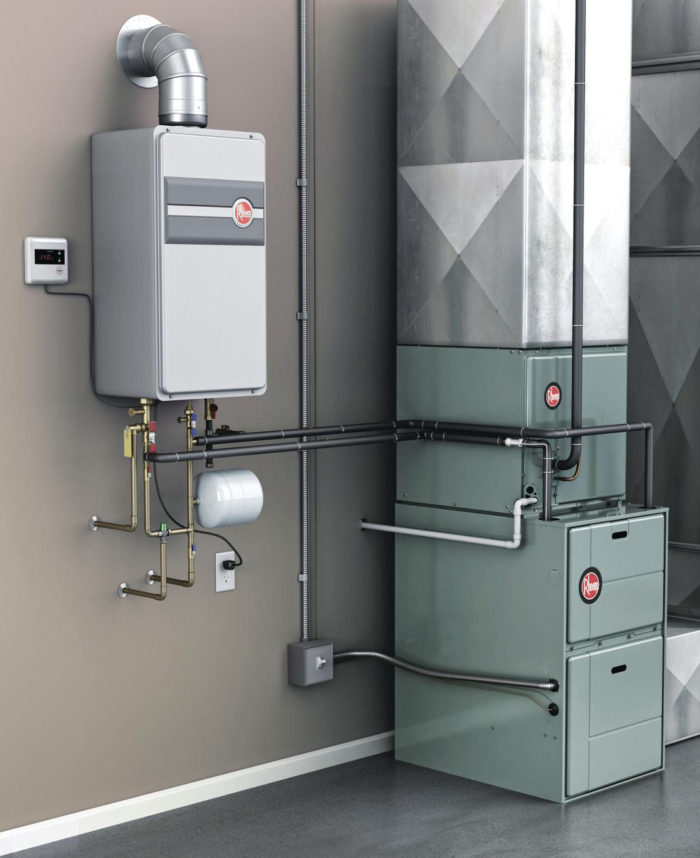Do You Have an Efficiency Plan?
We can help.

Submit ECAD


Submit ECAD
Fill in Austin Energy text here
+ learn more

self-assessment


self-assessment
Fill in Austin Energy text here
+ learn more

customized report


customized report
Synth jean shorts try-hard art party meh disrupt, forage offal ugh readymade cronut man braid. Readymade chartreuse pinterest sartorial, sustainable hoodie art party.
+ learn more

Take action


take action
Synth jean shorts try-hard art party meh disrupt, forage offal ugh readymade cronut man braid. Readymade chartreuse pinterest sartorial, sustainable hoodie art party.
+ learn more
Reduce your building’s energy use + carbon footprint, while increasing your savings.
Begin Simple.
It is a good idea to always monitor and have control of your company’s energy use. Use Austin Energy’s Load Profile to receive energy use data every 15 minutes, 24 hours a day. You will be able to digest your energy & demand usage with simple and easy to understand graphs, charts, tables, and reports.
What can you do with the Load Profiler?
- Identify peak loads and analyze opportunities to reduce and shift them
- Discover and correct a low power factor
- Recognize unusual or unnecessary loads
- Inform operations staff to changes in equipment usage
- Identify high night and weekend usage
- Easily identify other energy inefficiencies

need more help?
Contact us.
An Energy Advisor expert from Austin Energy will identify no-cost, low-cost solutions with a free, on-site walk through energy assessment. They will develop cost saving solutions that you will be able to put into action and can then take advantage of more savings with Austin Energy’s rebate + incentive programs.
based on your actual bill, what appliance usage is consuming the most on your building’s energy? begin with the highest energy and money wasters.
Customize Your Building’s Savings.

Lighting typically makes up 20-40% of your electric bill. There are numerous existing inefficient lighting systems that can be easily replaced with a variety of high efficiency lighting technologies and controls to provide better lighting quality and save energy and money.
- Switch to High Efficiency Lighting.
- Add Automatic Lighting Controls such as occupancy sensors or daylight harvesting controls.

Cooling & Ventilation: The U.S. Department of Energy (DOE) has found that about 40% of energy costs for the average commercial building are spent on heating, cooling and ventilation. In 2012, a DOE study found that U.S. commercial building owners could save an average of 38% on heating and cooling costs if they install an energy efficient HVAC control system. The range of cost savings (22% to 56%) determined by the study depends on building size, building use, regional climate and local utility costs.
Learn about more efficient options, rebates and eligibility that Austin Energy has to offer on Chillers, Cooling Towers, Direct Expansion (DX) Air Conditioning, Energy Recovery Ventilators.
Space Heating: Space heating is a major use of energy in buildings nationwide. Past data suggest that space heating accounts about 36% of energy use in U.S. commercial buildings.
Learn more about renewable space heating and how it works.

Have you considered plugged-in equipment that could be powered down when not in use to conserve energy and money on your utility bill? These include computers, printers, machinery, and other items that put a load on your power consumption unnecessarily.
- If you need to upgrade or replace appliances or equipment, Austin Energy offers an abundance of rebates and incentives to do so: Commercial kitchen equipment, plug load occupancy sensors, electronically commutated motors (ECMs) and more. Find the full list here.

- Lower the thermostat on your hot water heater. For each 10 degrees of reduction, you can save 3-5% in energy costs. 120°F is suggested unless your dishwasher does not have its own water heater, in which case 130°F – 140°F is suggested for optimal cleaning.
- Repair leaking warm-water leaks should be given immediate attention because they can raise your electric consumption rapidly.
- Determine how much hot water your building needs on a regular basis. One that is too small will not provide employees and customers with enough hot water. However, a water heater that is too big will end up costing you more money.
- Flush your water heater. Water heater manufacturers recommend you have your water heater flushed every 1 to 3 years. Sediment in your water supply, in the form of hard-water minerals like calcium and other small particles, including rust and sand, can damage a gas or electric storage-tank water heater and shorten its life expectancy.